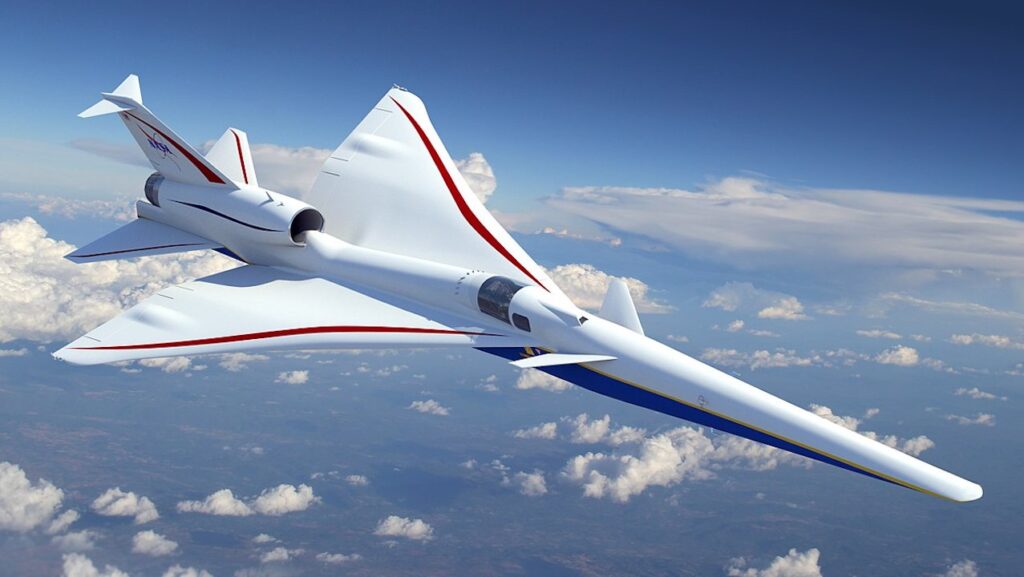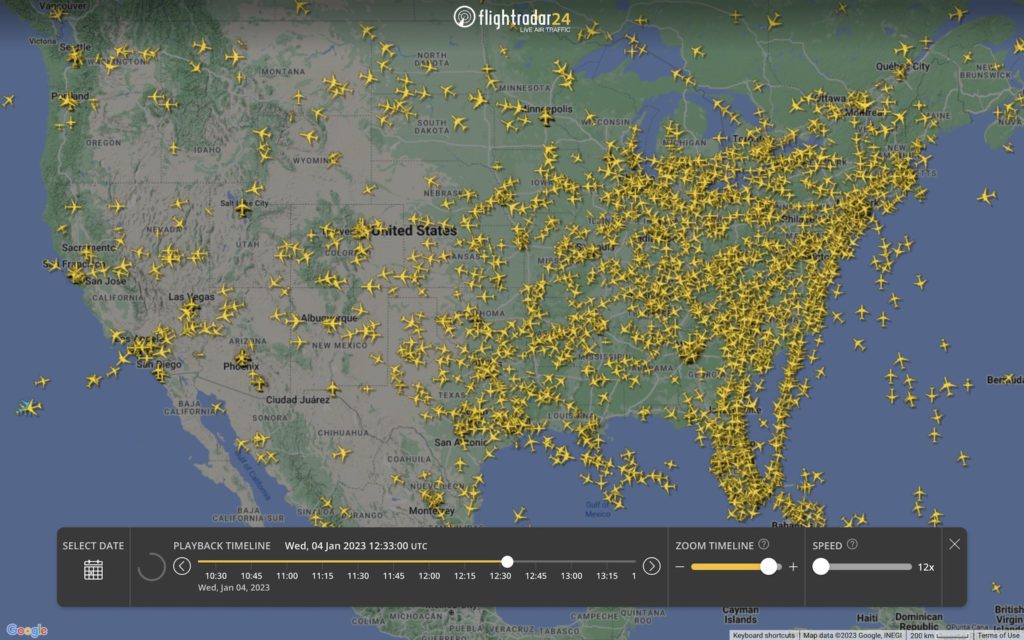National Full-Scale Aerodynamics Complex Suffers Significant Damage

NASA ARC Internal Memo: National Full-Scale Aerodynamics Complex (NFAC) Incident
“Last Friday evening at about 6 p.m., the National Full-Scale Aerodynamics Complex (NFAC) suffered significant damage when debris passed through the drive system during a test. There were no injuries, but the facility will require extensive repairs. The NFAC is leased and operated by the US Air Force, and we are coordinating closely with them in all aspects of the response. The Ames Safety and Mission Assurance Office and Protective Services, among others, are assisting to ensure that our campus is safe and accessible. At this time, we do not see a need to restrict access to the roads and buildings adjacent to the NFAC, but we are monitoring the situation closely and will take action when needed to safeguard our people and assets. We will share information regarding the incident, our response, and any impacts on the rest of the Center as they become available.”







It is difficult to find details on the incident. Where did the debris originate? Was it from a test model or some structural failure in the tunnel itself? What was under test? Or is it secret? Wind tunnels are less commonly utilized with the advent of computational fluid dynamics, but they still hold a place for verifying the behavior of complex structures and airflows where not all the parameters are obvious.
Daniel, wind tunnel testing is still crucial for validation of CFD.
“less commonly utilized”
I think main reason is less aircraft programs.
I agree aeronautics has been grievously neglected within NASA, but in theory the facilities could be rented by private industry. As it stands, the vast majority of NASA’s magnificent fleet of wind tunnels are mothballed.
>facilities could be rented by private industry.
They do rent the facilities but occupancy is not cheap and there is not much demand these days (how often a new fighter/transport/tiltrotor design these days?).
It is leased by the USAF AEDC.
Wouldn’t the test model be on the down-wind side of the equipment, obviating ingestion even by broken models? Reading the notice it appears to be the part of the system that actually generates the wind. The machinery.
In high-speed small-diameter blow-down tunnels the supply air is pressurized in a huge sperical tank and pushed into the test section. However in large-diameter low-speed tunnels like the full scale facility the turbines are usually downstream of the model to minimize disturbance to the airflow.
Yes, that’s my recollection from a tour a while back.
They actually can use it as a closed loop with the original 40×80 test section, or run it as an open loop tunnel with the 80×120 foot section added in the 1980s. In closed loop form it’s both pushing and pulling.
ah. I didn’t image that the flow would be pulled rather than pushed.
I totally agreed
Apparently some wall panels came loose and hit the fans, according to Aviation Week.
Last time this happened, they rebuilt the drive section with more powerful motors and props with more blades. This time they’ll either rebuild as-is or shut it down as too expensive to fix. I hope they take the first path.
Hmm…. I wonder if perhaps it was something like:
When Bird-Strike Tests Go Horribly Wrong!
On some level I’m surprised this marvelous facility is still operating. Wasn’t it on the chopping block some years ago?
It was the full scale facility at Langley that was shut down and then demolished. The one at AMES is still quite useful.
But carving new wood blades will be very expensive, and engineering new carbon fiber ones might cost even more. I fear for the future of this facility.
The NFAC was shut down in the early 2000’s. The Air Force brought it back a few years later.
The USAF still leases the building and National Aerospace Solutions LLC holds the contract as part of a larger one which includes Arnold AFB and Tunnel 9. The work to get the location up and running is progressing well and hopefully NASA or the USAF or both will issue a new statement when the are ready announcing more. The Worlds Two Largest Wind-Tunnels aren’t going to be stopped by some debris. The repairs can be considered extensive but not insurmountable. @Daniel Woodard at the time the statement in 2016 was issued the USAF and NASA had simply announced there was an issue. When they are ready to make their observations public I’m sure it will be clear. Rest assured, it was not as dramatic as your questions might suggest and it isn’t a secret, it’s simply no one’s business except for the USAF and NASA until both decide otherwise, in other words, simply standard protocol.